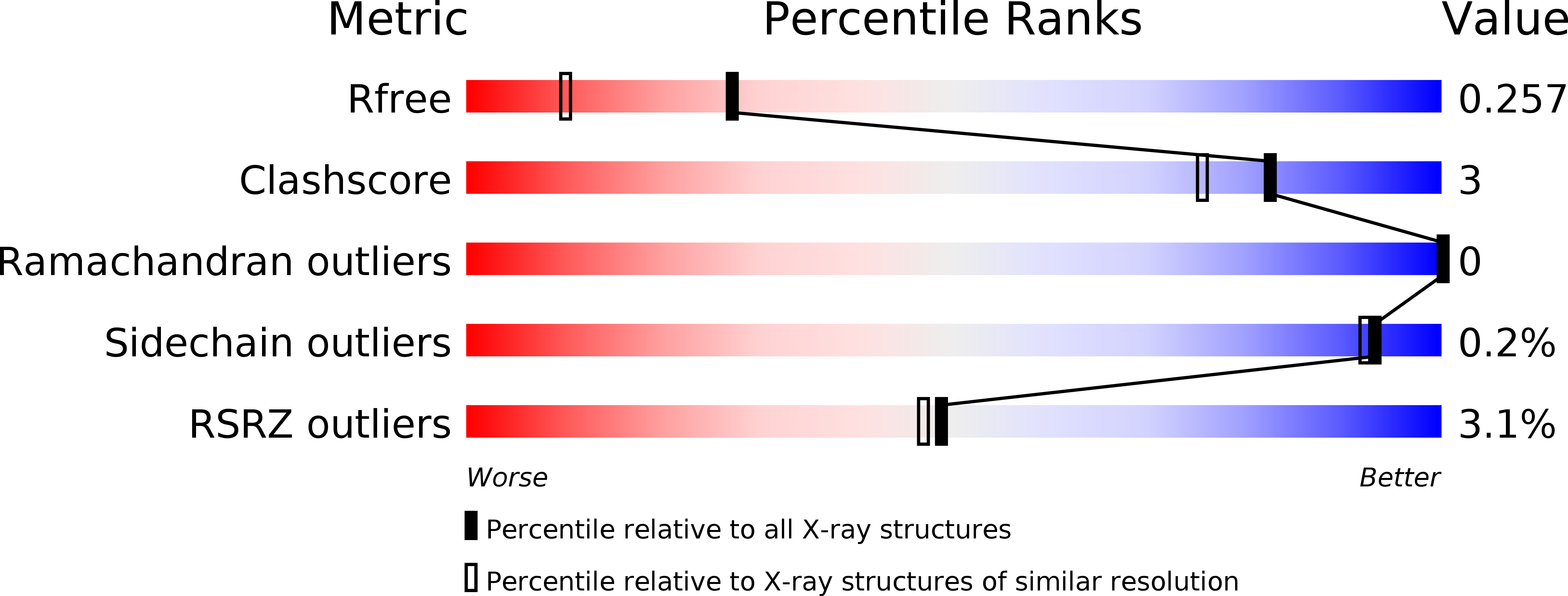
Deposition Date
2015-11-18
Release Date
2016-06-22
Last Version Date
2024-05-01
Entry Detail
PDB ID:
5FO4
Keywords:
Title:
Crystal structure of the P.falciparum cytosolic leucyl-tRNA synthetase editing domain (space group P1)
Biological Source:
Source Organism:
PLASMODIUM FALCIPARUM (Taxon ID: 5833)
Host Organism:
Method Details:
Experimental Method:
Resolution:
1.85 Å
R-Value Free:
0.25
R-Value Work:
0.19
R-Value Observed:
0.19
Space Group:
P 1


